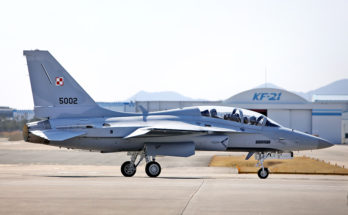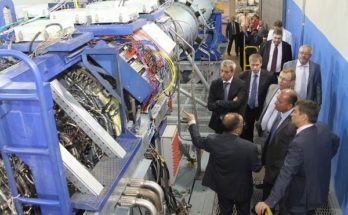The major reorganization of Siemens in response to the hostile business environment of the last five years is now well underway. The key to this realignment is the spinoff of the power and gas operations into a separate market entity by the end of 2020. The group is distancing itself from its flagging gas and power operations and has cut more than 10,000 jobs in a sweeping overhaul. This is just the preliminary stage of spinning its gas and power unit into a separately managed company to be listed by September 2020. Siemens will retain “somewhat less than 50 percent” of the new entity, which will include its 59 percent stake in Siemens Gamesa Renewable Energy, creating a company with $33.5 billion in business volume.
By early 2020, this reorganization was beginning to yield results, with the company showing a 5 percent growth rate despite the long-standing weakness of the market it operates in. Joe Kaeser, president and CEO of Siemens AG, summarized the situation by saying, “When we’re done, the Siemens brand will no longer be a conglomerate of the conventional type. Instead, it will comprise three companies, each focused on its own sector. One is the Industrial Siemens, comprising Digital Industries, Smart Infrastructure, and Mobility. One is Siemens Healthineers. And one is Siemens Energy. These three strong Siemens companies will work together in one ecosystem.”
The second thrust of the Siemens reconstruction is a substantial revision of the group’s product range. Siemens assembled its portfolio largely by acquiring other companies. As a result, its product lineup tends to be both diverse and self-competitive. Furthermore, many of these products are showing their age despite repeated modernizations and redesigns. In an industry sector that is facing a profound change in direction and realignment of its market priorities, the room for further modernizations has run out. There is, therefore, an urgent requirement for Siemens to rationalize its product range by eliminating items that have reached the end of their lives and to end self-competition.
This process has now been underway for more than two years.
The SGT6-3000 and SGT6-6000 have both been strongly de-emphasized in corporate literature. A detailed search shows that references to the SGT6-6000 have disappeared completely, while press releases refer only to the SGT6-5000. By early 2020, the SGT6-3000 and SGT6-6000 had disappeared completely. The same pattern is evident within the SGT5 family, where, by March 2020, all mention of the SGT5-3000 had been expunged from current company literature.
These are not the only Siemens gas turbines to suffer this fate; the SGT-200 and SGT-500 appear to have been discontinued as well. Questioned on this issue, Siemens executives at POWERGEN in New Orleans confirmed that several other products were being examined to determine whether they should also be discontinued.
In their place, Siemens has introduced several modern, highly efficient gas turbines. Some of these are aeroderivatives acquired from Rolls-Royce; others are derived from Siemens’ research. The new SGT-9000HL, for example, is the first new gas turbine to challenge the efficiency levels achieved by the MHPS 501/701JAC group. Thus, Siemens’ flair for gaining the maximum performance out of a design is still in evidence and still providing the group with a competitive edge.
There is, however, a threat looming on the horizon. The new Siemens power generation entity derived from Siemens power generation operations will be free-floating and have a minority Siemens ownership. That means that it could be taken over by another group entirely.
Siemens has already made it clear that it sees its corporate future being oriented around new technology and a complete reassessment of the company’s capabilities and its future trajectory. This may not include power generation as it is practiced today.




